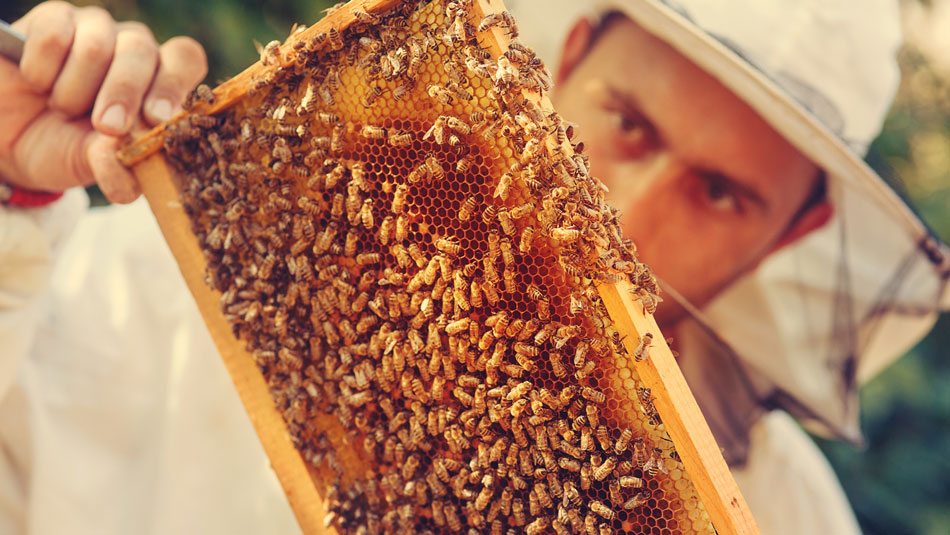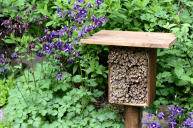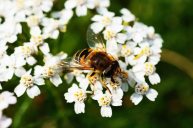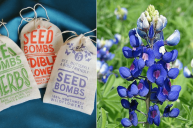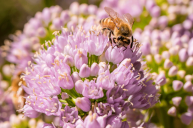Did you know that since 2006, beekeepers have reported losses of 30 to 90 percent of their honey bee colonies each winter? Before 2006, it was ordinary to lose about 10 to 15 percent of the colony during wintertime, but in the last decade, those numbers have jumped off the chart completely. What's to blame?
Videos by Wide Open Country
Scientists believe Colony Collapse Disorder is responsible for this change of pace, and that's not just in the U.S., but around the world. European beekeepers are experiencing the same losses as North American beekeepers. CCD occurs when the worker bees of a colony disappear and leave their queen behind along with a few straggling nurse bees left to care for the last few batches of immature bees.
The Plight of the Honey Bees
To put in layman's terms, the worker bees in the colony are up and leaving their leader behind because ... well, no one can figure out why. And it matters because so many international agricultural crops are pollinated by western honey bees. Basically, one-third of the food we eat relies on bees for pollination.
Crops like celery, okra, potato, onion, mustard, broccoli, cauliflower, orange, grapefruit, coconut, strawberry, cotton, avocado, peach, pear, and so many more benefit from honey bee pollination, resulting in an industry of over $200 billion in 2005.
Up to 2013, more than 10 million beehives were lost to CCD which is twice the normal rate of hive loss. While the science community is searching for answers, there are no theories that are wholly agreed upon. Everything from pathogens to genetic factors to loss of habitat is on the table with no clear end in sight.
Who You Can Help
Supporting your local beekeepers is the first step in trying to bolster the current beehives around the U.S.. The beekeeper trade has been decimated by the CCD, and with the hive loss also comes a steeper price in maintaining their current hives in the first place. Colonies across the U.S. went from around 6 million around 1950 to only 2 million today.
By supporting your local beekeepers, you're in turn supporting your local agriculture community. The farmers who rely on bee pollination look to the beekeepers, and without those beekeepers, pollination comes at a steep price point that most in small agriculture simply can't afford.
How You Can Help
Apart from buying local honey at farmer's markets or directly from your beekeepers, you can take part in the guerrilla gardening movement. Because scientists cite habitat loss as a possible cause, the seed bomb movement in particular has taken hold across the U.S. as a way to easily grow pollination zones.
Seedles is a company that specializes in selling seed bombs of all kinds to bolster not only the bee habitat, but also the hummingbird and butterfly habitats, as well.
The main focus of Seedles is to make planting habitats so simple that anyone can do it. The seed bombs are a mixture of clay, compost, water, and wildflower seeds. Simply toss them on the ground, and come back to see watch your wildflower patch grow.
The honey bees need our attention and our focus if we want to keep eating delicious and healthy staples of our diet, like onions and strawberries. But we also owe it to the bees, since most of their natural habitats have been destroyed due to fast-paced development, especially in areas that were once rural only 30 years ago.
Want to learn more and start seed bombing your own? We have you covered. Our how-to guide lists the ins and outs of seed bombing, and a few wildflower bombs we particularly love.
